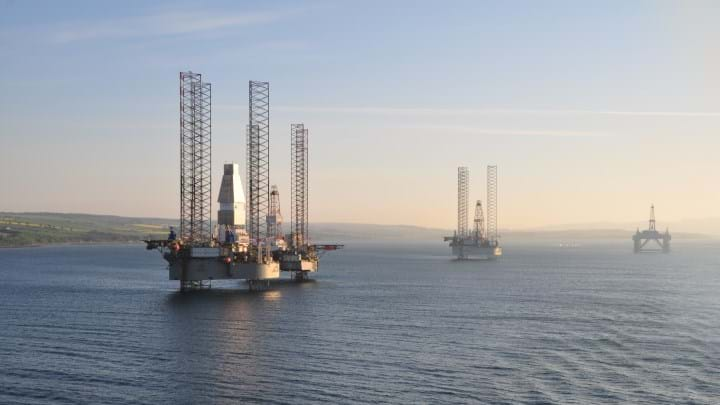Wood wins Centrica contract to ready Rough for hydrogen storage

UK engineering firm Wood has been awarded a design contract from Centrica to redevelop its Rough facility in the North Sea in preparation for hydrogen storage.
Rough has been a storage facility for natural gas for more than three decades, with a current storage capacity of 54bn ft3 of gas – enough to heat 2.4m UK homes over winter.
Last year Centrica announced its aim to transition Rough into the world’s biggest methane and hydrogen storage facility by 2040, committing £2bn (US$1.27bn) to the goal.
Getting Rough hydrogen ready
The front-end engineering and design (FEED) contract given to Wood will involve the development of new pipelines, an unmanned installation, and onshore injection facilities at the Easington Gas Terminal.
Steve Nicol, executive president of Wood, said: “Wood’s strong heritage in the UK’s offshore and onshore sectors, combined with our deep domain knowledge and engineering expertise means we are uniquely placed to modify and redevelop existing infrastructure, providing safe, reliable energy for the UK’s future requirements.”
Recently the engineering firm helped Synhelion design and scale its synthetic crude technology, which has led to the opening of the world’s first solar heat-to-fuel plant, called DAWN.
Centrica says the Wood contract would create around 50 new roles in UK hydrogen. Across its larger Rough redevelopment plan, the company aims to create 5,000 jobs in the sector.
Government support
Despite its own investment into hydrogen, Centrica says its expansion of Rough is also dependent on government support and funding.
In March, the House of Lords Science and Technology Committee published a report that urged the government to invest in long duration energy storage, technologies that enable renewable energies like hydrogen to be stored and supplied when needed.
The committee recommended a strategic reserve that can generate 25 TWh/y of electricity to curb high electricity prices and energy insecurity.
The report stated: “There is a need for sensible coordination in the design of hydrogen and electricity systems.”
It added: “Hydrogen pipelines could connect storage to planned hydrogen industrial hubs. Without some assurance around how transmission networks will evolve, it will be hard for investors to make large-scale investment decisions into storage.”
Recent Editions
Catch up on the latest news, views and jobs from The Chemical Engineer. Below are the four latest issues. View a wider selection of the archive from within the Magazine section of this site.




